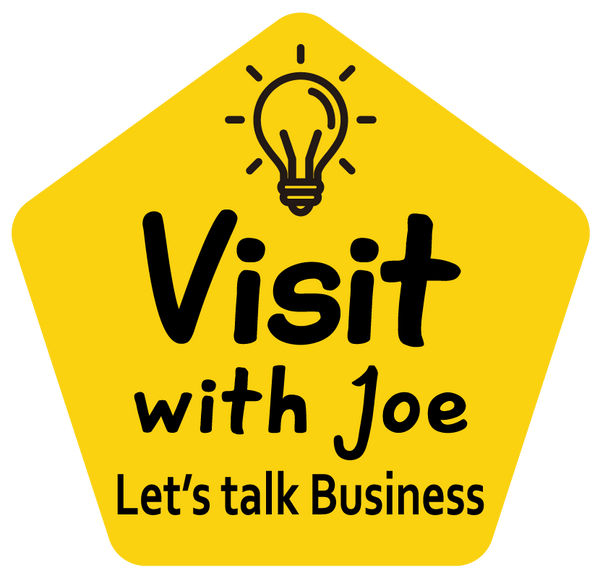ACP's Conversion to Employee Ownership Part 2
Share
This is Part 2 about ACP International's conversion to employee ownership. Part 1 focused more on the why. This blog focuses more on the how.
ACP decided to transition to employee-owned in 2022. We first explored an Employee Stock Ownership Plan (ESOP). ESOP's are fairly well understood in the United States, as they are part of federal government tax and retirement legislation (ERISA), and they've been around since the 1950's.
ESOPs have significant tax advantages. That's the upside. The downside is the regulatory and compliance requirements are significant and expensive.. In studying it, we realized we weren’t quite big enough for an ESOP. The issue was somewhat cost related, but more significantly, we didn't have the administrative bandwidth to manage an ESOP.
With a little research, I ran into an Employee Ownership concept called an Employee Ownership Trust, or EOT.
EOTs don't have tax advantages like ESOPs, but they are much more simple to form and maintain. For us, the simplicity outweighed any tax advantages.
Here are some details about EOTs:
•They are the primary form of Employee Ownership in the United Kingdom.
•The company is owned and controlled by a Perpetual Purpose Trust, which is a broad definition of the type of trust. When trusts are created, they have a purpose. When the purpose is for the "benefit of the employees", it is more specifically called and Employee Ownership Trust.
•Ownership can best be described as virtual. There aren't real shares of stock that individual employees own. Rather, they own a virtual share of the company profits.
•The benefits of Employee Ownership are paid to the employees through profit sharing. The profit sharing is in the form of a payroll bonus. It is treated as regular taxable income.
•Most EOTs utilize a concept called "naked in and naked out". This basically means that there is no cost to the employee to become an employee owner. That is "naked in". On the other side, there is no payout when an employee leaves. That is "naked out".
EOT Comparisons to and ESOP:
•An ESOP is a retirement plan, regulated under ERISA. An EOT is not.
•ESOPs require annual valuations and stock buybacks. EOTs do not.
•EOTs do not have the tax advantages of ESOPs. EOTs are C-Corporations, and they pay taxes like any C-Corp.
•EOTs are best meant for a company that is a 100% EOT. Partial EOT ownership adds to complication. Partial ESOP ownership is somewhat common.
About the ownership change:
•It happened in one day. I basically sold my shares to the company and the Trust that we created.
•I personally financed the sale of the shares. We did not explore third party financing. That is a possibility. We just didn't look into it.
After the ownership change, which happened on January 1, 2022:
•Excess profits from ACP will be used primarily to pay me for my shares. That is the first priority.
•After I'm paid off, excess profits will be bonused to Employee Owners.
•I am still the Company President. The company still runs the same way. I'm working hard to transition to new leadership, because that is the most important thing I can do. I personally timed it so I would retire when I was paid off, but it doesn't have to be that way.
•We didn’t realize it at the time, but ACP was the first EOT in Texas.
This blog would just get way too long if I went into every detail. What I've highlighted above should get you started. Let's talk in person if you are interested in learning more.
